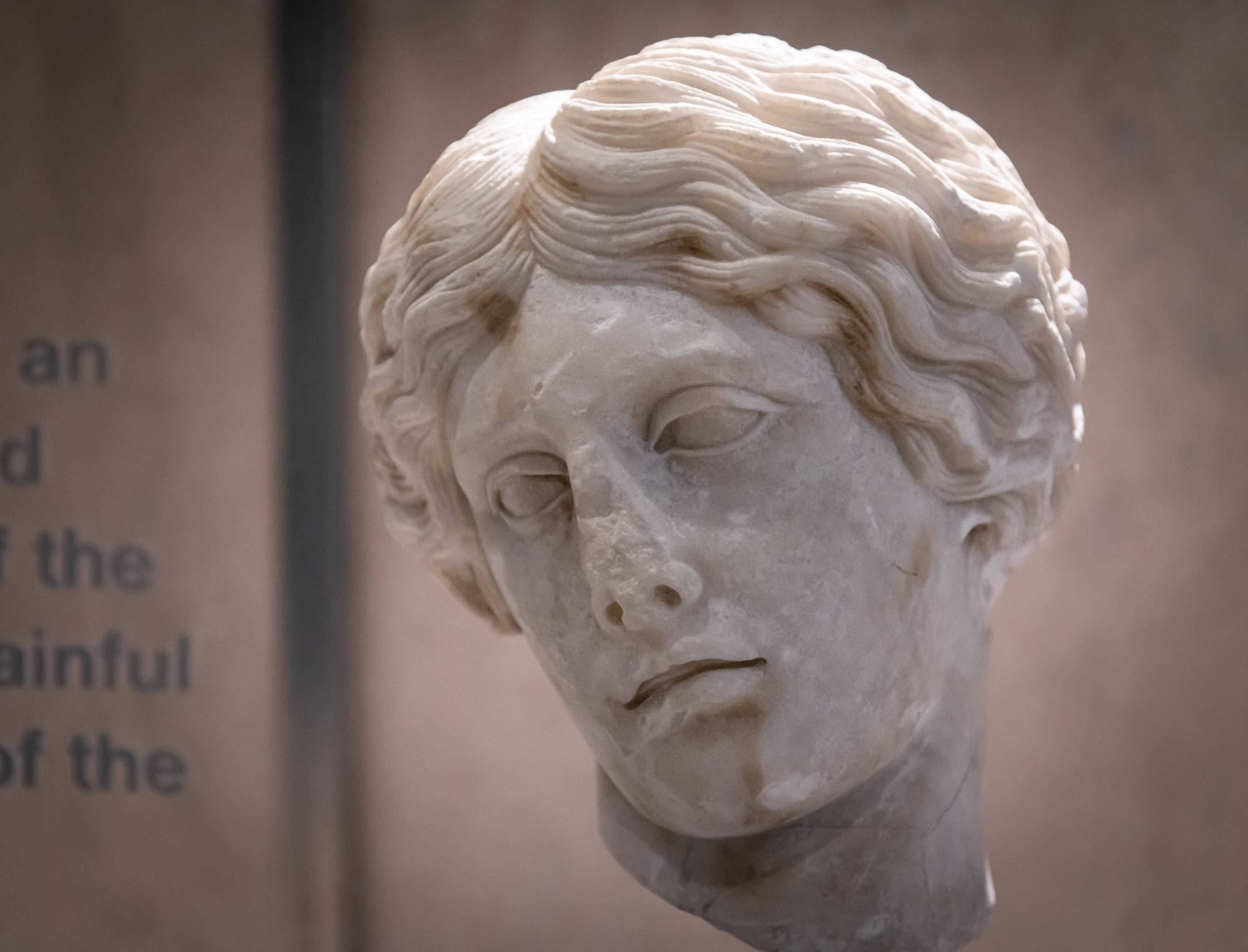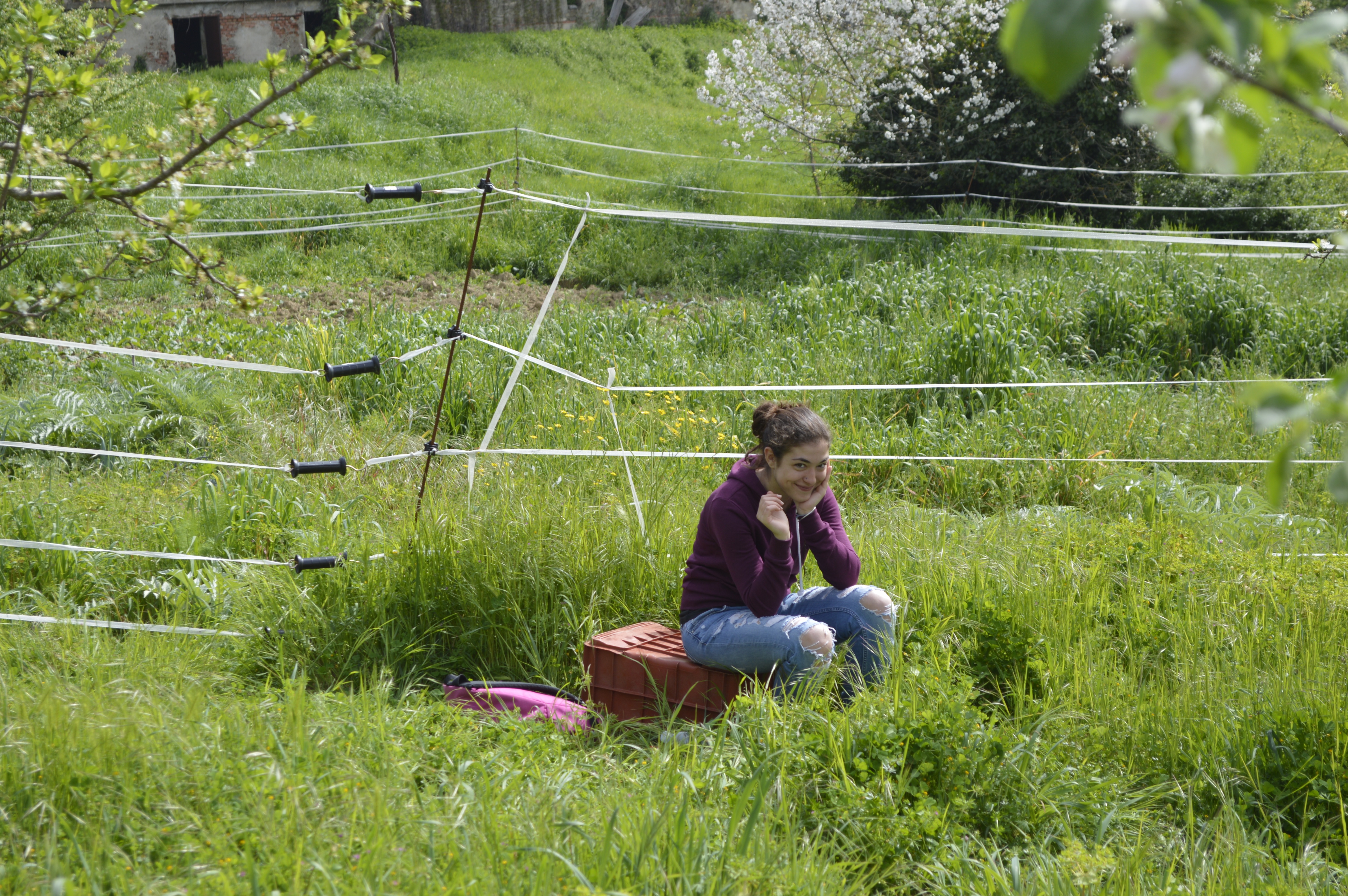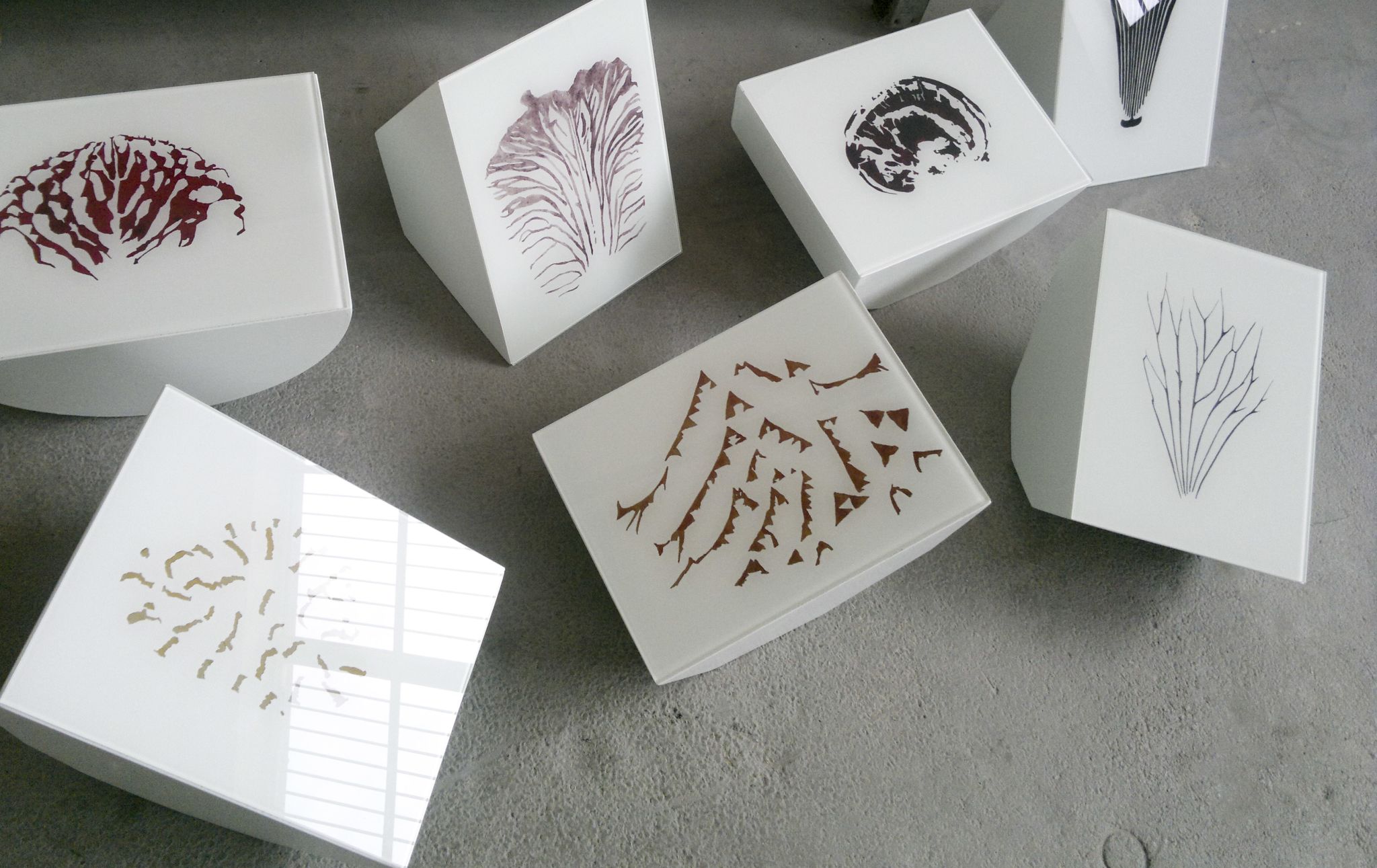in preparazione/work in progress:
ARTE E LUOGHI DI CURA
HEALING ART IN THE HOSPITALS
 Dal 2020 l’Associazione Eletto Arte intende promuovere e sviluppare la ricerca sul tema arte-terapeutica, attivando una riflessione permanente sull’importanza delle opere d’arte e sulla loro ricaduta efficace nella vita del luogo di cura, con il patrocinio e il sostegno di istituti pubblici e privati, interessati a condividere il valore aggiunto della presenza dell’opera d’arte in un contesto di cura della persona.
Dal 2020 l’Associazione Eletto Arte intende promuovere e sviluppare la ricerca sul tema arte-terapeutica, attivando una riflessione permanente sull’importanza delle opere d’arte e sulla loro ricaduta efficace nella vita del luogo di cura, con il patrocinio e il sostegno di istituti pubblici e privati, interessati a condividere il valore aggiunto della presenza dell’opera d’arte in un contesto di cura della persona.
Since 2020, the Eletto Arte Association intends to promote and develop researches on the healing art theme, activating a permanent reflection on the importance of works of art and their effective impact on the life of the place of care, with the patronage and support of public and private institutions, interested in sharing the added value of the presence of the work of art in a context of personal care.
Hanno manifestato interesse a sviluppare insieme all’associazione il progetto e hanno offerto il patrocinio: Fondazione Giovanni Michelucci, nella considerazione di uno dei suoi principi statutari, che vedono nel luogo di cura risulta un tema di straordinario interesse urbano, in quanto pagina di storia della società, della medicina, della storia dell’arte e dell’ architettura; Museo Stibbert di Firenze, attraverso i suoi ambienti espostivi interni ed esterni, per ospitare momenti di confronto e di ricerca sul tema “Arte nei luoghi di cura”; Ospedale Versilia di Viareggio si è mostrato interessato a sperimentare nuove possibilità di interazione fra i suoi spazi e le opere d’arte; laboratori del marmo, fonderie artistiche, laboratori di ceramica e mosaico del territorio toscano hanno altresì manifestato il proprio interesse a supportare il progetto attraverso la propria esperienza nella realizzazione di progetti artistici di alta qualità.
They have expressed interest in developing the project together the association offering the patronage: Fondazione Giovanni Michelucci, in consideration of one of its statutory principles, which they see in the place of treatment is a topic of extraordinary urban interest, as a page of history of the society, medicine, history of art and architecture; Stibbert Museum in Florence, through its indoor and outdoor exhibition spaces, to host moments of comparison and research on the theme “Art in places of care”; Versilia Hospital in Viareggio has shown interest in experimenting with new possibilities of interaction between its spaces and works of art; marble workshops, artistic foundries, ceramic and mosaic workshops of the Tuscan territory have also expressed their interest in supporting the project through their experience in the realization of high quality artistic projects.
FINALITÀ DEL PROGETTO
- Promuovere e sostenere l’arte contemporanea giovanile e, nello specifico ad oggi, la scultura, la scultura in marmo e in bronzo, la ceramica artistica e l’arte musiva;
- Realizzare opere pubbliche, finalizzate al benessere emotivo e psicologico attraverso l’intervento artistico nei luoghi di cura;
- Promuovere sinergie di artisti, architetti, dirigenti e operatori sanitari, istituzioni pubbliche e private, fondazioni, laboratori artistici, gallerie, nell’intento di favorire processi di umanizzazione e innovazione dei luoghi di cura;
- Valorizzare l’artigianato artistico e le sue tradizioni, per suscitare nuovi progetti attraverso la traduzione di idee e poetiche contemporanee, in interazioni arte e spazio architettonico;
- Valorizzare la ricerca artistica come espressione dell’approccio olistico alla salute;
- Coinvolgere il pubblico più ampio della società civile sul tema “arte nei luoghi di cura”, laddove si riconosca nell’ospedale una nuova possibile agorà, luogo di incontro, di condivisione, teatro di emozioni, momento di crescita collettivo e condiviso.
AIMS OF THE PROJECT “HEALING ART IN THE HOSPITALS “
- Promote and support contemporary youth art;
- Create public works, aimed at emotional and psychological well-being through artistic intervention in places of care;
- Promote synergies of artists, architects, managers and health workers, public and private institutions, foundations, art laboratories, galleries, in order to promote humanization and innovation processes in places of care;
- Enhance artistic craftsmanship and its traditions, to arouse new projects through the translation of contemporary ideas and poetics, into interactions between art and architectural space;
- Enhance artistic research as an expression of the holistic approach to health;
- Involve the wider public of civil society on the theme “art in the places of care”, where a new possible agora is recognized in the hospital, a place for meeting, sharing, theater of emotions, a moment of collective and shared growth.
*****************************
in preparazione/work in progress
SCENARI NATURALI
NATURAL SCENARIOS
 Nel Rinascimento, la bottega d’arte fiorentina appariva una sorta di fattoria. Cennino Cennini, nel suo antico “Il Libro dell’arte”, la descrive minuziosamente. Gli artisti lavoravano per botanici e naturalisti, porgendo la propria arte per la ricerca e la documentazione delle specie esistenti in natura. Gli scienziati studiavano da quelle tavole e imparavano a riconoscere le proprietà delle piante. Gli erbari assumevano la funzione di straordinarie enciclopedie illustrate.
Nel Rinascimento, la bottega d’arte fiorentina appariva una sorta di fattoria. Cennino Cennini, nel suo antico “Il Libro dell’arte”, la descrive minuziosamente. Gli artisti lavoravano per botanici e naturalisti, porgendo la propria arte per la ricerca e la documentazione delle specie esistenti in natura. Gli scienziati studiavano da quelle tavole e imparavano a riconoscere le proprietà delle piante. Gli erbari assumevano la funzione di straordinarie enciclopedie illustrate.
Il progetto propone un laboratorio permanente guidato dagli artisti, aperto alle sperimentazioni e agli studi attraverso l’intrecciarsi delle competenze: lo studio del territorio e delle sue caratteristiche, la sua morfologia, le specie vegetali che lo abitano e lo sguardo dell’artista che osserva, descrive, documenta, interpreta, racconta attraverso le immagini. Uno sguardo sensibile al paesaggio, ai suoi cambiamenti, alla sua identità.
In the Renaissance, the Florentine art workshop appeared to be a sort of farm. Cennino Cennini, in his ancient “The Book of Art”, describes it minutely. The artists worked for botanists and naturalists, offering their art for research and documentation of the species existing in nature. Scientists studied from those tables and learned to recognize the properties of plants. The herbaria took on the function of extraordinary illustrated encyclopedias.
The project proposes a permanent laboratory led by the artists, open to experimentation and studies through the intertwining of skills: the study of the territory and its characteristics, its morphology, the plant species that inhabit it and the gaze of the artist who observes , describes, documents, interprets, tells through images. A sensitive look at the landscape, its changes, its identity.


